Table of contents
Introduction
Rain gardens are specially designed landscapes that collect rainwater runoff from impervious surfaces, such as roofs and driveways. By capturing and filtering this excess water, rain gardens play a vital role in promoting ecological balance, reducing stormwater pollution, and enhancing local biodiversity. This innovative approach to gardening not only aids in the management of excess water but also supports a myriad of plant species, making it an attractive option for environmentally conscious gardeners.
One of the key aspects of a successful rain garden is the selection of native plants that thrive in wet conditions. Native plant species are adapted to local climates and soil types, making them resilient choices for rain gardens. They require less maintenance, are more resistant to pests, and provide crucial habitats for local wildlife, including pollinators and birds. By incorporating these native plants, gardeners can create a self-sustaining ecosystem that contributes to soil health and water conservation while also enhancing aesthetic appeal.
As we explore the top 10 plants perfect for rain gardens, it is essential to consider both their functional and decorative qualities. These plants not only absorb excess water, but they also provide vibrant colors and varying textures that enrich the garden space. Whether you are looking to create a serene retreat or a dynamic landscape, selecting the right plants will ensure that your rain garden thrives. In the following sections, we will delve deeper into each plant’s characteristics and benefits, guiding you in making informed choices that align with your gardening goals.
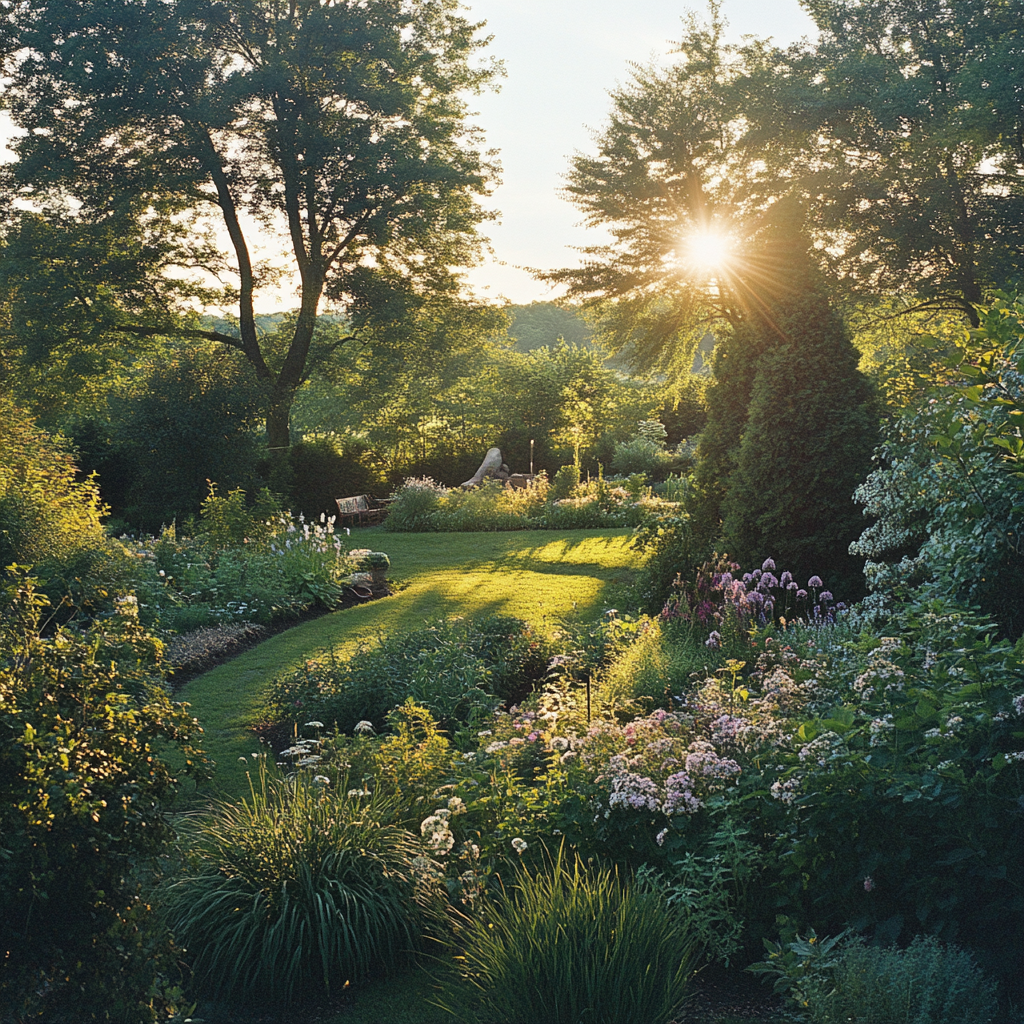
Why Choosing the Right Plants Matters
Selecting the appropriate plants for a rain garden plays a crucial role in the overall effectiveness and health of the ecosystem. Rain gardens are specifically designed to manage stormwater runoff, promote water absorption, and improve water quality. The right plants can significantly enhance these functions by creating a more resilient and sustainable garden environment.
Plants that thrive in wet conditions not only contribute to efficient water management but also support biodiversity. When suitable species are chosen, they can help foster a balanced habitat that attracts various wildlife, including birds, bees, and beneficial insects. These interactions create a vibrant ecosystem that can improve pollination and pest control, ultimately benefiting the entire garden. Additionally, diverse plant species contribute to soil health, aid in nutrient cycling, and can help prevent soil erosion.
The health of a rain garden is intimately linked to the selection of suitable flora. Plants with deep root systems can enhance soil structure, promote infiltration, and increase the garden’s ability to absorb excess water effectively. These roots also help to filter pollutants from stormwater runoff, contributing to cleaner groundwater. Conversely, if plants that are not well-suited to wet conditions are chosen, the rain garden may struggle with issues such as waterlogging, disease, and reduced plant vigor.
In essence, making informed choices regarding plant selection is necessary for creating a functional and thriving rain garden. When selecting plants, gardeners should consider the specific site conditions, including soil type, sun exposure, and moisture levels. By understanding how these factors interact with plant physiology, one can design a rain garden that effectively manages stormwater while fostering a rich ecological community.
Benefits of Planting a Rain Garden
Rain gardens offer a multitude of environmental and aesthetic advantages, making them an excellent addition to any landscape. Primarily, they play a crucial role in reducing stormwater runoff. According to the U.S. Environmental Protection Agency (EPA), urban areas can generate up to five times more runoff than undeveloped land due to the prevalence of impermeable surfaces. By incorporating rain gardens, homeowners can significantly mitigate this impact, allowing rainwater to infiltrate the soil rather than overwhelming sewer systems or local waterways.
Moreover, rain gardens enhance water quality by filtering out pollutants. The vegetation in these gardens traps sediment and absorbs nutrients, such as nitrogen and phosphorus, which are commonly present in stormwater. A study conducted by the University of Minnesota found that well-designed rain gardens can remove more than 50% of these contaminants from runoff. This not only benefits local water bodies but also restores the natural hydrology of the area.
In addition to their environmental contributions, rain gardens create essential habitats for wildlife. Native plants used in rain gardens attract pollinators, such as bees and butterflies, as well as birds and beneficial insects. The National Wildlife Federation emphasizes that rain gardens can increase biodiversity, providing crucial habitats in often fragmented urban settings.
The aesthetic value of rain gardens cannot be overlooked either. These gardens, which feature a variety of colors, textures, and heights, transform traditional landscapes into vibrant ecosystems. Well-designed rain gardens can even increase property value, as they contribute to curb appeal and demonstrate environmental stewardship. Overall, the establishment of a rain garden not only supports ecological balance but also fosters a deeper connection between communities and nature.
Factors to Consider When Selecting Plants for a Rain Garden
Creating a rain garden requires careful consideration of various factors to enhance its ecological benefits. The first aspect to assess is the soil type and drainage needs. Rain gardens are designed to collect and manage stormwater, so it is crucial to choose plants that thrive in well-drained soil and have the ability to tolerate temporary flooding. Conducting a soil test can provide insights into the soil composition, enabling gardeners to select plants that will flourish in their specific conditions.
Another vital consideration is the sunlight and shade requirements of potential plants. Different species have varying tolerances to sunlight; some may thrive in full sun while others prefer partial shade. Assessing the amount of sunlight that your rain garden receives throughout the day will help in selecting suitable plants. It is advisable to match the plant’s needs with the garden’s exposure to sunlight, ensuring healthy growth and longevity.
Climate and hardiness zones play a significant role in plant selection as well. Knowing your local climate conditions—such as temperature extremes, precipitation levels, and typical weather patterns—will inform decisions on which plants are most likely to succeed. Each plant has a specific hardiness zone, and selecting those suited for your region can prevent challenges associated with plant survival in harsher climates. For example, native plants are often better adapted to local conditions, making them an excellent choice for rain gardens.
Understanding these specific conditions will allow for thoughtful planning and the establishment of a thriving rain garden. Careful attention to soil type, sunlight, and climate ensures the selection of plants that will contribute positively to the garden’s ecosystem, promoting biodiversity and effective stormwater management.

Native vs. Non-Native Plant Options
The choice between native and non-native plants for rain gardens is essential, as it significantly affects the ecosystem’s health. Native plants, defined as species that naturally occur in a particular region, offer several advantages. One of the most notable benefits is their ability to support local wildlife, including pollinators and various insects, enhancing biodiversity. Native plants are well-adapted to the local climate, soil types, and moisture levels, making them particularly resilient during periods of drought or heavy rainfall. This adaptability results in lower maintenance needs, reducing the necessity for fertilizers and pesticides, which can be detrimental to water quality and soil health.
In contrast, non-native plants, while they may bring aesthetic appeal and diversity, often pose challenges in rain garden settings. Many of these species do not have natural predators, which can lead to unchecked growth and potential invasiveness. Some non-native plants may also require special care, including specific soil amendments or irrigation strategies, complicating maintenance and increasing long-term costs. While these plants can thrive in a rain garden environment, their introduction can sometimes displace native species and disrupt local ecosystems.
Choosing the right type of plants for a rain garden involves weighing these pros and cons carefully. For those seeking to foster a vibrant and sustainable ecosystem, incorporating a selection of native plants is often the most beneficial approach. Not only do they promote local wildlife and contribute to regional biodiversity, but they also thrive with minimal intervention. In this way, rain gardens can become effective tools for stormwater management while supporting the natural beauty of local flora and fauna.
Top 10 Plants for Your Rain Garden
Creating a rain garden can enhance your landscape while providing significant ecological benefits. Selecting the right plants is crucial, as they play a vital role in improving water management and promoting biodiversity. Here are ten plants that flourish in rain gardens, along with their attributes and advantages.
1. Cardinal Flower (Lobelia cardinalis): This native perennial thrives in wet soils and dappled sunlight, offering stunning red blooms that attract hummingbirds and butterflies. Its deep roots help with soil stabilization and nutrient uptake.

2. Blue Flag Iris (Iris versicolor): Known for its striking blue and purple flowers, this plant can grow in wet, acidic soils. It provides habitat for wildlife and its dense foliage acts as a natural filter for stormwater.

3. Swamp Milkweed (Asclepias incarnata): This attractive plant is essential for monarch butterflies. Swamp milkweed flourishes in full sun to partial shade and can tolerate saturated soils, making it ideal for rain gardens.
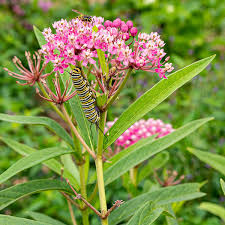
4. Joe Pye Weed (Eutrochium purpureum): A tall perennial, Joe Pye Weed produces clusters of pink-purple flowers attracting various pollinators. It prefers moist, fertile soils, promoting a rich biodiversity within the garden.

5. Marsh Marigold (Caltha palustris): Bright yellow blooms greet the spring with this early riser, thriving in wet areas. Its large leaves also provide shade, which is beneficial for smaller creatures and plants.

6. Fern (various species): Many ferns, including Sensitive Fern and Cinnamon Fern, thrive in wet and shaded areas. They enhance the garden’s aesthetic appeal while providing habitat and protection for small wildlife.
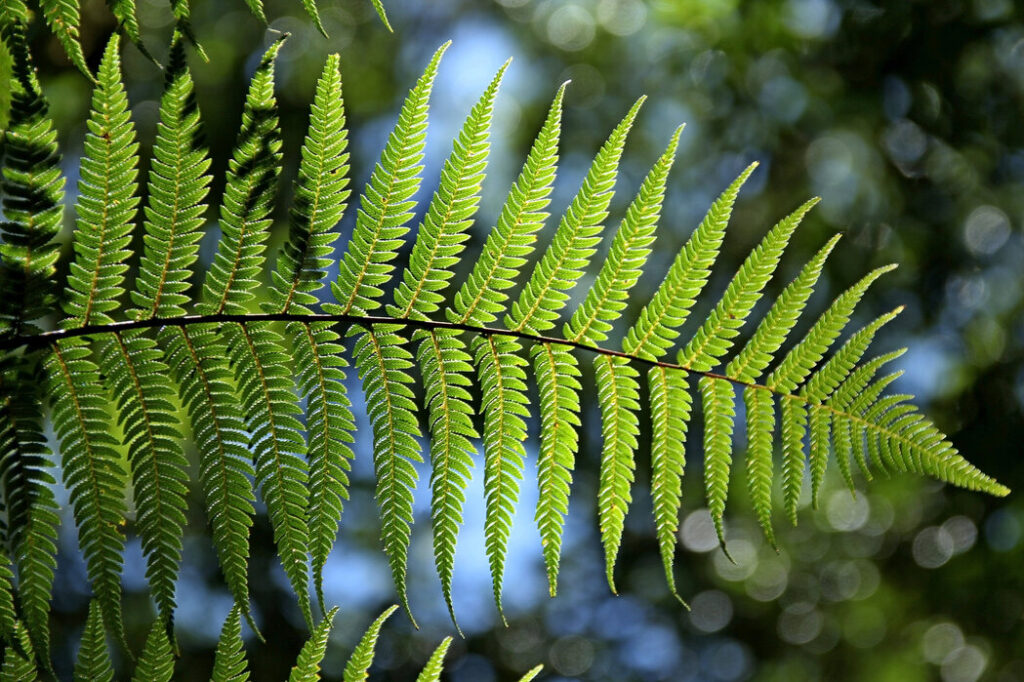
7. Golden Alexander (Zizia aurea): This plant bears clusters of yellow flowers that are a food source for early pollinators. It prefers moist, well-drained soil and adds a lovely splash of color.
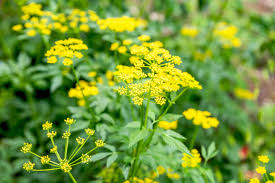
8. New England Aster (Symphyotrichum novae-angliae): A vigorous bloomer, this perennial attracts butterflies and provides late-season nectar. It prefers moist soil conditions and offers both visual appeal and ecological benefits.

9. Common Elderberry (Sambucus canadensis): This shrub provides berries that birds love and serves as a great buffer for soil erosion. It prefers rich, moist soils and can tolerate varying light conditions.

10. Hardy Bluebell (Campanula rotundifolia): This charming perennial thrives in wet soils and sunny locations. Its blue, bell-shaped flowers not only enhance the garden’s aesthetic but also attract beneficial pollinators.
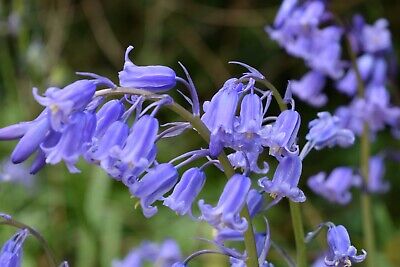
Integrating these plants into your rain garden will not only beautify your landscape but also benefit the environment by improving water quality and providing habitats for diverse wildlife.

Designing with These Plants
When creating a rain garden, the selection and arrangement of plants play a crucial role in both visual appeal and functional effectiveness. To begin, consider the height and growth habit of each plant species. Taller plants, such as Joe Pye weed and native sunflowers, can be positioned towards the back, while mid-height perennials like black-eyed Susans should be placed in the middle. Low-growing plants, including creeping phlox or sedges, are best suited for the front of the garden beds. This tiered approach not only creates an attractive visual landscape but also ensures that shorter plants receive adequate sunlight without being overshadowed.
Grouping plants together can enhance both the aesthetic quality and ecological health of your rain garden. Companion planting—placing species that have mutually beneficial relationships close together—can improve resilience against pests and diseases. For instance, positioning bee balm near echinacea can attract beneficial insects, which in turn support pollination across all plants. Moreover, consider creating clusters of the same plant species. This repetition can create a cohesive look while emphasizing the individuality of each plant, leading to a more polished and organized garden appearance.
Furthermore, using different textures and colors is essential to achieving visual interest. Incorporating a variety of foliage shapes and colors can bring depth to your rain garden. Plants like ferns or ornamental grasses can provide contrast against flowering perennials, contributing to a dynamic landscape. Additionally, consider seasonal interest—selecting plants that bloom at different times will ensure that your rain garden is vibrant and lively throughout the year. By thoughtfully arranging these plants, you can create a rain garden that is not only functional, effectively managing stormwater, but also a beautiful and inviting space to enjoy.
Care and Maintenance of Rain Garden Plants
Caring for and maintaining rain garden plants is essential to ensure a thriving ecosystem that benefits both the environment and your landscape. Proper integration of care techniques promotes plant health and resilience against pests and diseases. One of the primary considerations is watering, especially during dry spells. While many rain garden plants are adapted to handle periods of inundation, they still require consistent moisture during prolonged drought conditions. It is important to observe the plants regularly and provide supplemental watering when necessary, ideally at the base of each plant to prevent fungal issues.
Pruning is another critical aspect of rain garden maintenance. Regularly removing dead or unhealthy foliage encourages new growth and improves airflow, which can mitigate the risk of pests. Timing is essential; for most perennials, late winter or early spring is optimal for pruning. Be aware of each species’ specific needs, as some may prefer minimal interference while others respond positively to more aggressive cuts.
Weed control is vital for the success of a rain garden. Weeds compete with your plants for nutrients and water, potentially stunting their growth. Hand-pulling is often the best method, especially during the early stages of development. Additionally, applying a natural mulch layer can suppress weed growth while maintaining soil moisture.
Pest management should be approached with care to avoid harming beneficial insects. Integrated Pest Management (IPM) strategies, such as encouraging natural predators or using organic treatments, can effectively control populations without adverse effects on the garden’s health.
Common mistakes to avoid include overwatering, which can lead to root rot, and planting too closely together, creating competition for resources. Additionally, neglecting soil health can inhibit plant growth; periodic testing and amendment can provide optimal conditions for your rain garden to thrive.

Conclusion
In summarizing the key points discussed throughout this blog post, we have highlighted ten remarkable plants that are ideal for establishing a rain garden. These plants not only thrive in wet conditions but also enhance the biodiversity of your garden, attract various wildlife, and contribute to the overall health of the environment. Incorporating species such as swamp milkweed, blue flag iris, and cardinal flower can positively impact the ecosystem by providing food and habitat for pollinators and other beneficial insects.
The creation of a rain garden is more than just an aesthetic improvement to one’s property; it represents a commitment to sustainable gardening practices. By utilizing native plants that are well-adapted to local conditions, gardeners can significantly reduce water runoff and improve water quality by filtering pollutants. Moreover, these plants typically require less maintenance and fewer resources, promoting environmental stewardship and responsibility.
Now is the perfect time to take action and transform your landscape into a flourishing rain garden. We encourage you to visit your local nurseries or garden centers to find the plants discussed in this post. Engaging with local experts can also provide insightful information on plant selection and care tailored to your specific climate. As you embark on this gardening journey, remember that each small step contributes to a larger environmental impact, nurturing not just your garden but the planet as well.











